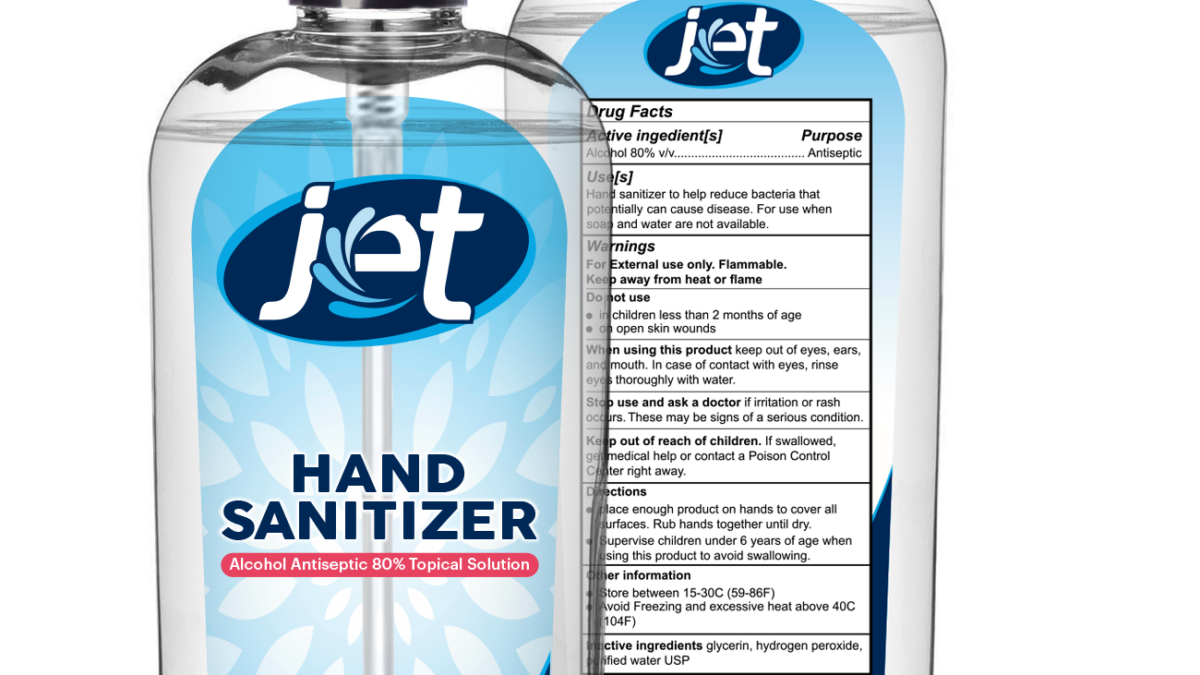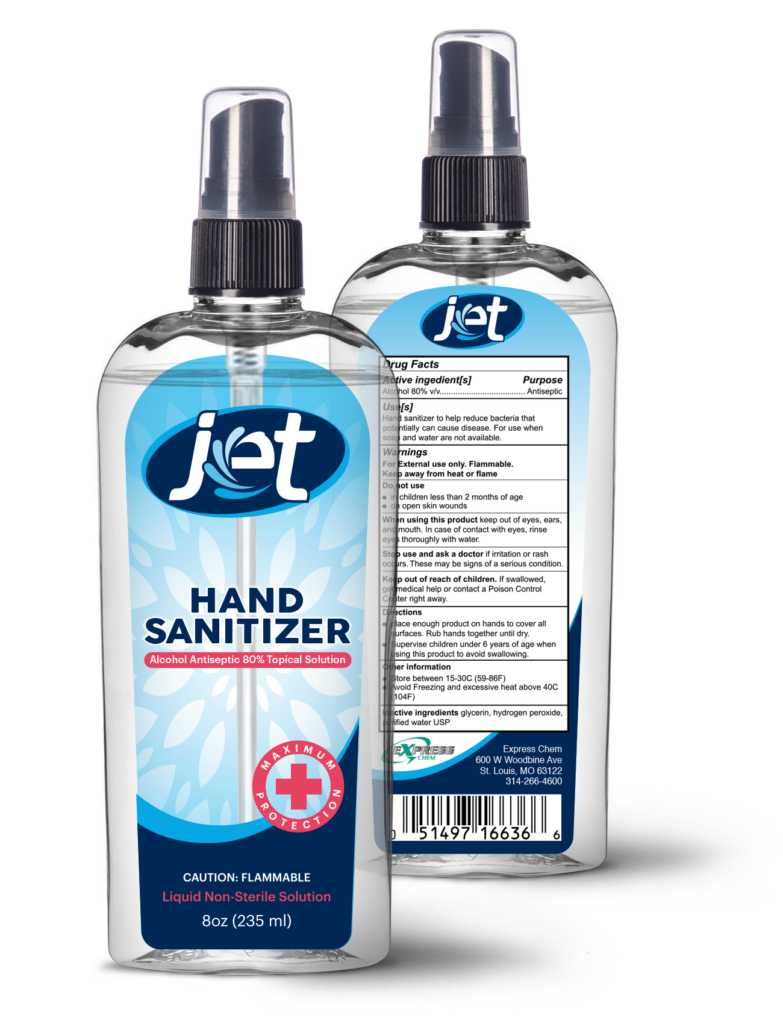

What is the number one item that every workplace needs to reopen safely? Hand sanitizer. Among the variety of measures that will make people feel protected, hand sanitizer is the one immediate balm to calm nerves just in case a person believes they came in contact with any viral offender, and especially the coronavirus.
Hand hygiene is an important part of the U.S. response to the coronavirus that causes Covid-19. Practicing hand hygiene, which includes the use of alcohol-based hand rub (ABHR) or hand washing, is a simple yet effective way to prevent the spread of pathogens and infections. Hand sanitizers that actually kill the germs must contain at least 60% alcohol. The higher the alcohol content, the more powerful the sanitizer. Another plus is the quick-drying aspect of high alcohol content sanitizers. The Centers for Disease Control and Prevention (CDC) recommendations reflect the importance of cleaning hands to prevent disease transmission.
Hand washing mechanically removes pathogens, and laboratory data demonstrate that ABHR formulations in the range of alcohol concentrations recommended by CDC, inactivate SARS-CoV-2. [1,2]
The hand sanitizing rules for healthcare providers are more stringent than for workplaces, but adopting them for the workplace potentially benefits everyone. If it works for patient-care environments, the practice certainly can be extended to office workplaces and college campuses. ABHR effectively reduces the number of pathogens that may be present on the hands of healthcare providers after brief interactions with patients or the care environment.
One product that meets the CDC’s guidelines is Jet Hand Sanitizer. It is a liquid, antimicrobial solution made of 80% topical alcohol, designed to kill 99.9% of germs found on hands that could potentially cause disease.
Hand hygiene protects everyone
CDC recommends using ABHR with greater than 60% ethanol or 70% isopropanol in healthcare settings. Unless hands are visibly soiled, an alcohol-based hand rub is preferred over soap and water in most clinical situations due to evidence of better compliance compared to soap and water. Hand rubs are generally less irritating to hands and are effective in the absence of a sink. Hand sanitizers with higher alcohol content dry faster and promote compliance.
When possible, hands should be washed with soap and water for at least 20 seconds when visibly soiled, before eating, and after using the restroom.
Further, the CDC recommends developing, following and maintaining a plan to perform regular cleanings to reduce the risk of people’s exposure to the virus that causes Covid-19 on surfaces. Routinely clean all frequently touched surfaces in the workplace, such as workstations, keyboards, telephones, handrails, printer/copiers, drinking fountains, and doorknobs. If hard surfaces are visibly soiled (dirty), clean them using a detergent or soap and water before you disinfect them.
For disinfection, most common, EPA-registered, household disinfectants should be effective as well as diluted household bleach solutions or alcohol solutions with at least 70% alcohol. A list of products that are EPA-approved for use against the virus that causes Covid-19 is available on the EPA website. Follow the manufacturer’s instructions for all cleaning and disinfection products (e.g., concentration, application method, and contact time).
- Kratzel A, Todt D, V’kovski P, Steiner S, Gultrom M, Thao TTN, et al. Inactivation of severe acute respiratory syndrome coronavirus 2 by WHO-recommended hand rub formulations and alcohols. Emerg Infect Dis. 2020 Jul [date cited]. https://doi.org/10.3201/eid2607.200915external icon
- Siddharta A, Pfaender S, Vielle NJ, Dijkman R, et al. Virucidal activity of World Health Organization recommended formulations against enveloped viruses include Zika, Ebola, and emerging Coronaviruses. J Infect Dis. 2017
